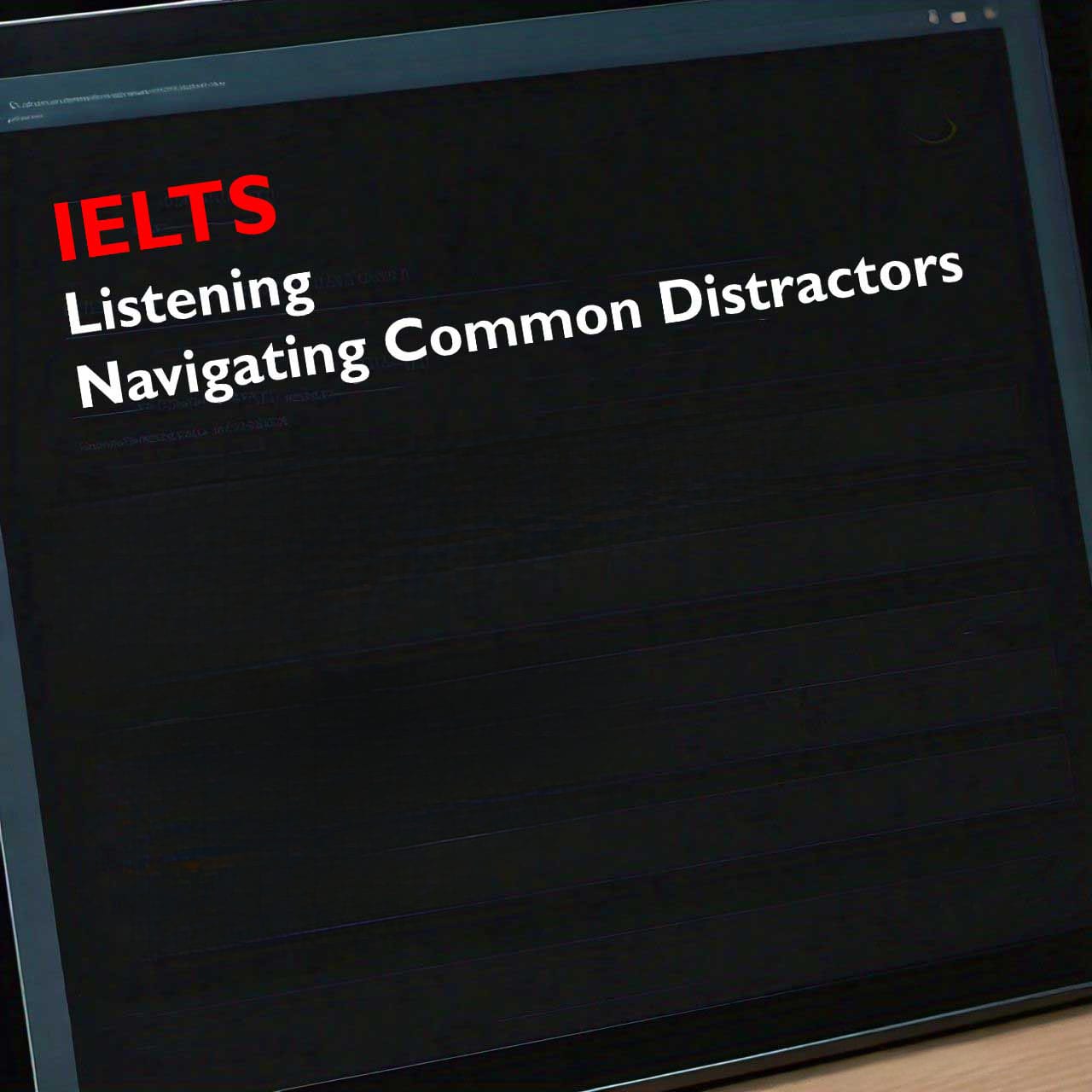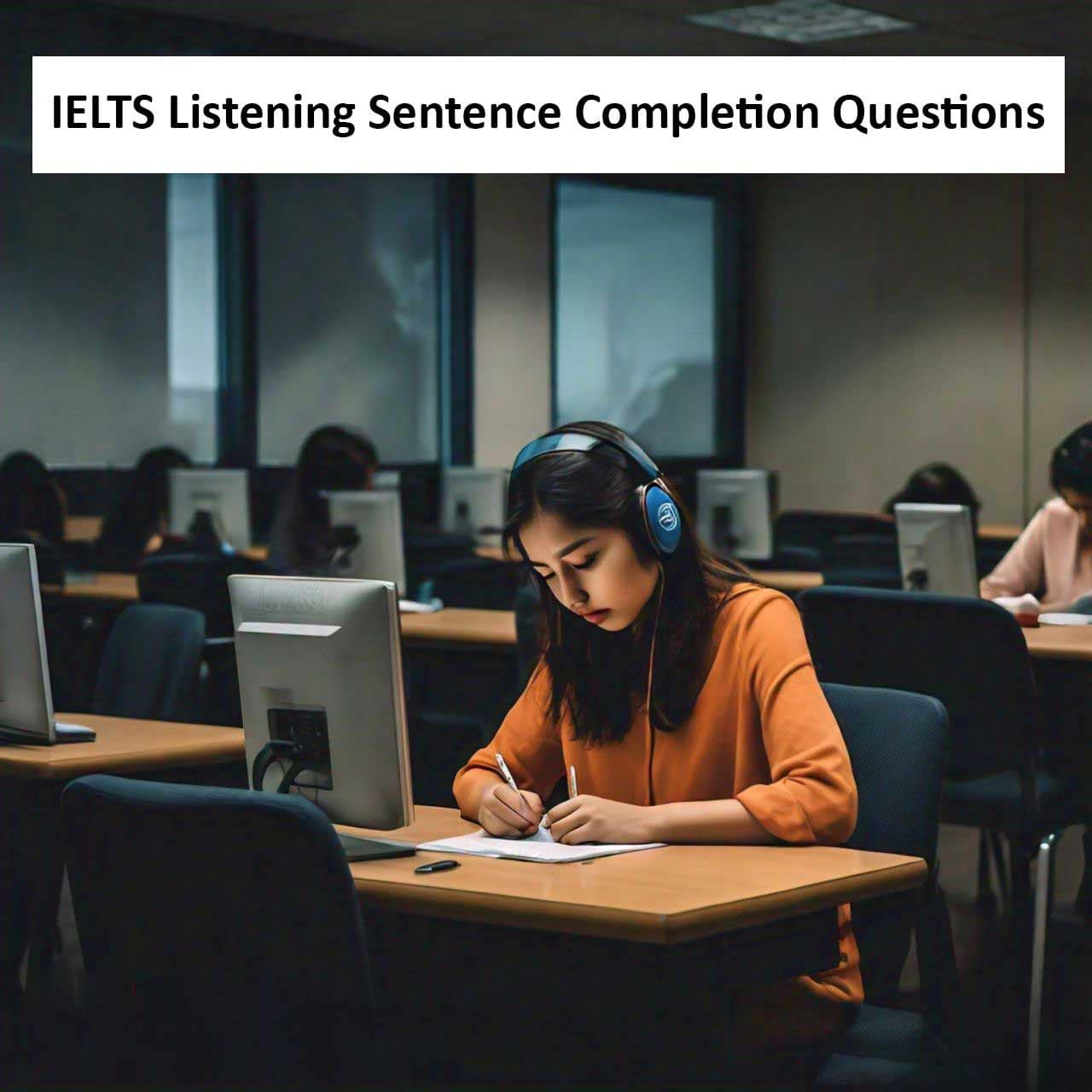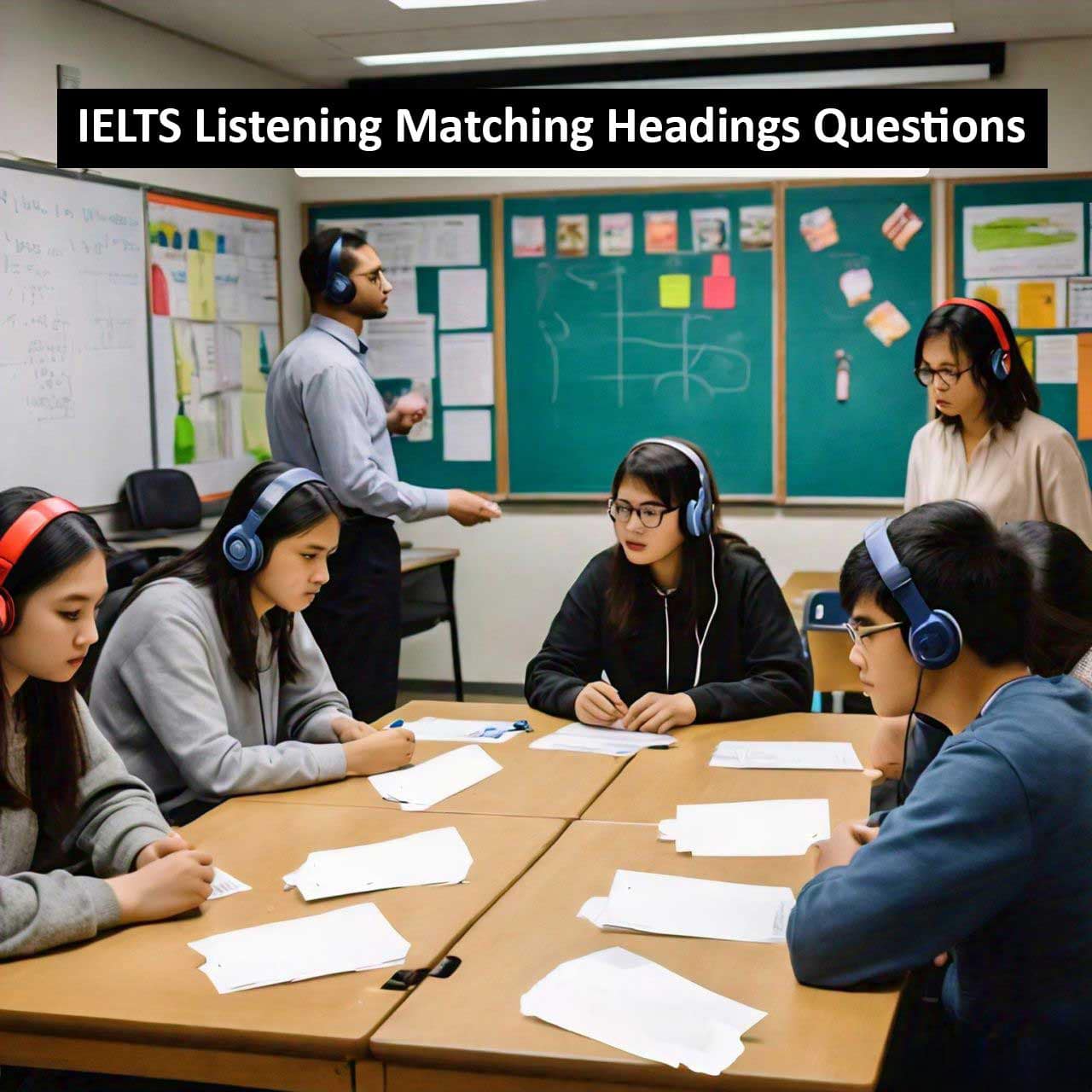The IELTS Listening test is a crucial part of the International English Language Testing System, designed to assess a wide range of listening skills. One of the most challenging aspects of this test is dealing with distractors—information included in the audio recordings intended to mislead or confuse you. Understanding and identifying these distractors is key to improving your listening score. In this blog post, we will explore common types of distractors and provide strategies to handle them effectively.
Table of Contents
What Are Distractors?
Distractors are incorrect answers or misleading pieces of information included in the listening passages. They are designed to test your ability to listen carefully and differentiate between relevant and irrelevant information. Recognizing these distractors can significantly improve your accuracy and confidence during the test.
Common Types of Distractors
1. Changes of Mind
Speakers often change their minds or correct themselves, providing one piece of information and then altering it. This is common in everyday conversations and is used to test your attention to detail.
Example:
– “I’ll meet you at the cafe at 3 PM. No, wait, I think 4 PM would be better.”
2. Extra Information
Sometimes, speakers provide extra details that are not directly relevant to the question. This additional information can confuse test-takers who are not focused on the specific question being asked.
Example:
– “She prefers coffee over tea, but today she ordered tea because the coffee machine was broken.”
3. Synonyms and Paraphrasing
The test often includes synonyms or paraphrases to express the same idea differently, which can be confusing if you are only listening for specific words rather than the overall meaning.
Example:
– The audio says, “He was ecstatic about his promotion,” while the question mentions, “He was very happy about his new job position.”
4. False Starts
Speakers may begin to say something and then stop to rephrase or correct themselves, which can throw off your concentration if you’re not prepared for it.
Example:
– “The lecture will start at 10… uh, I mean, at 11 AM.”
5. Contradictory Statements
Two speakers may provide contradictory statements, requiring you to determine which piece of information is correct based on the context or additional clarification later in the conversation.
Example:
– Speaker 1: “We will have the meeting on Monday.”
– Speaker 2: “Actually, it’s been rescheduled to Tuesday.”
Strategies to Handle Distractors
1. Stay Focused on the Question
Always keep the specific question in mind as you listen to the recording. This focus helps you filter out unnecessary information and identify relevant details.
2. Practice Active Listening
Active listening involves fully concentrating, understanding, responding, and remembering what is being said. Practice with various English audio materials, such as podcasts, news reports, and academic lectures, to improve this skill.
3. Take Notes
While listening, jot down key points and changes in information. This helps you track details and compare them to the questions, ensuring you capture the correct answer despite any distractors.
4. Identify Key Words and Phrases
Identify and underline key words and phrases in the questions before listening. This prepares you to listen for these specific pieces of information and recognize when a distractor is used.
5. Be Prepared for Corrections
Expect that speakers might correct themselves or change their minds. When you hear a correction, focus on the new information as it is likely to be the correct answer.
6. Practice with Real IELTS Tests
Regular practice with actual IELTS listening tests or high-quality practice materials can familiarize you with the format and types of distractors used. Analyze your practice test results to understand where you commonly get distracted and adjust your strategies accordingly.
Practical Exercise
To improve your ability to handle distractors, try this exercise:
1. Find an IELTS listening practice test.
2. Focus on sections that include conversation between two or more people.
3. As you listen, note down any changes in information, corrections, or additional details that might serve as distractors.
4. Compare your notes with the questions to see how well you identified and navigated the distractors.
Conclusion
Distractors in the IELTS Listening test are designed to challenge your attention to detail and comprehension skills. By understanding common types of distractors and practicing strategies to manage them, you can enhance your listening abilities and boost your test performance. Stay focused, practice regularly, and approach your IELTS Listening test with confidence. Good luck!



